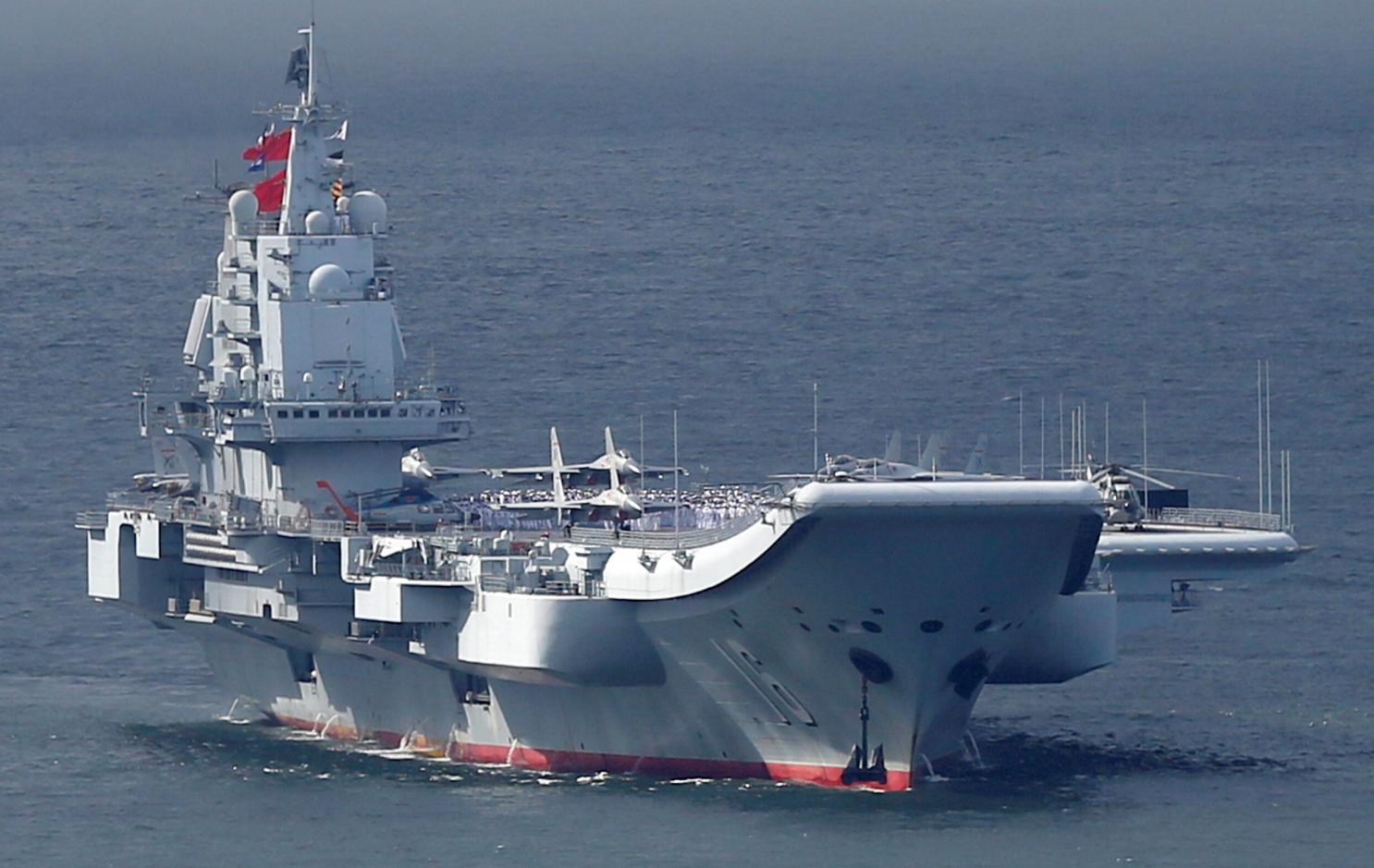Commentaries
The views expressed are the author's alone and do not constitute official positions of APPFI.
The views expressed are the author's alone and do not constitute official positions of APPFI.
Partnership building offers the most pragmatic solution to the Philippines ever-increasing demand for resiliency in the cyber domain. It embraces cross-sectoral and cross-border collaboration in breaking down barriers to devise innovative cybersecurity approaches.

Photo Source: Pexels
On May 13, 2019, more than 60 million Filipinos went to the polls for the country’s midterm elections. In this particular ballot exercise, voters elected half of the nationally-elected Senate as well as district and party-list legislative representatives, and local government officials.
President Duterte himself is not subjected to this electoral contest as he is given a single six-year term without re-election until 2022. It has been however a widely-shared shared belief that a midterm election serves as an informal referendum on the president. This becomes more salient given Duterte’s sustained popularity ratings despite his deeply polarising policies and his administration firm control over the republic’s political institutions.
It has been three years since the firebrand leader became Philippine president with the promise to embark on widespread and systemic change. Though there have been some changes put in place, there is also the perception that most things have remained the same. Judging by the conduct of the 2019 electoral campaign and its outcomes, one can surmise that Philippine politics was in “business-as-usual” mode defined by patronage, clientelism, and traditional politics.
Small states matter in big-power rivalry. This was one key takeaway from the 18th Shangri-La Dialogue held recently in Singapore. As US-China rivalry intensifies, small states worry that their room for manoeuvre may diminish and they may be compelled to make difficult choices. To address this, they should work together as a group to increase their leverage and raise their influence as they deal with major powers.

Singapore Prime Minister Lee Hsien Loong argues that while small states may seem powerless in the face of two opposing elephants, they are not entirely without agency. Photo Source: South China Morning Post

Photo Source: National Interest
There is a growing trend among the regional powers in the Indo-Pacific on the development of aircraft carriers. This may be the result of the maritime territorial disputes in the East and South China Sea, as well as the growing geostrategic shifts manifested by China’s rise. China recently activated its first operational aircraft carrier the Liaoning in 2016. At the same time, it is also developing more carriers to bolster its fleet, challenge US power in the Indo-Pacific, and establish stronger maritime control in the region. In effect, a handful of key regional powers have also started to develop their own aircraft carriers despite certain limitations. In effect, other regional powers also began their own aircraft carrier development projects and would lead to the possibility of a low-level naval and air arms race. While the deployment of aircraft carriers is not as numerous in the region compared to other effective naval platforms such as attack submarines, the mere operational deployment of a single aircraft carrier can be a powerful strategic force multiplier to any country that effectively commands one.